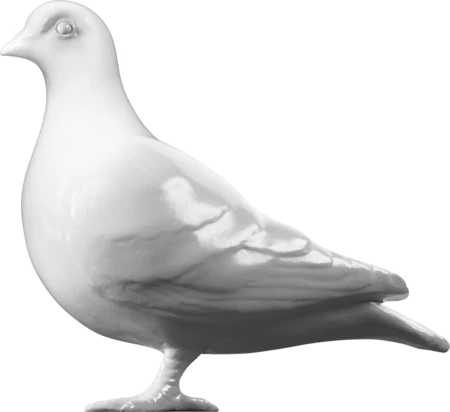Saxon & Medieval — Late Medieval; 14th-15th century
Rosary
The word ‘bead’ derives from the Old English ‘bede’ (prayer). People fingered sets of beads to count their prayers of penance and devotion and bedesmen were employed to pray for the dead. The beads on the rosary were organised in symbolic number sequences at intervals of five, seven or ten. One Italian visitor to London in 1498 noted that people 'attend Mass every day, and say many Paternosters in public (the women carrying long rosaries in their hands, and many who can read taking the office of our Lady with them, and with some companie in reciting in church verse by verse, in a low voice, after the manner of churchmen).' Rosaries were made illegal 1549, although many Londoners probably continued to use them in the privacy of their homes.
- Category:
- Saxon & Medieval
- Object ID:
- 5079
- Object name:
- rosary
- Object type:
- Artist/Maker:
- —
- Related people:
- Related events:
- Related places:
- Production date:
- Late Medieval; 14th-15th century
- Material:
wood, cotton
- Measurements/duration:
- —
- Part of:
- —
- On display:
- —
- Record quality:
- 100%
- Part of this object:
- —
- Owner Status & Credit:
Permanent collection
- Copyright holder:
digital image © London Museum
- Image credit:
- —
- Creative commons usage:
- —
- License this image:
To license this image for commercial use, please contact the London Museum Picture Library.

